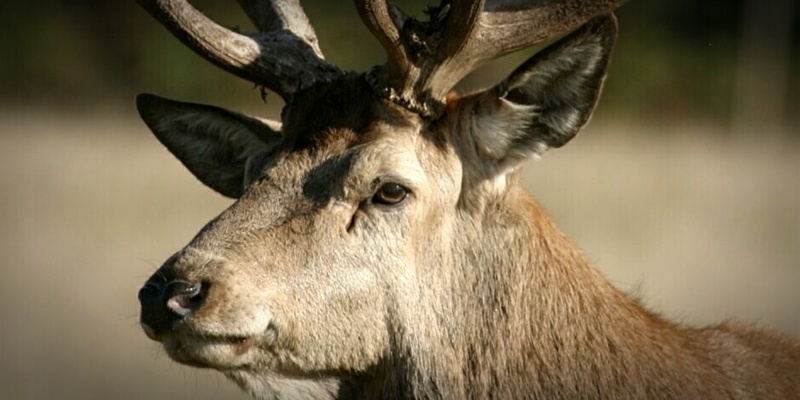Two Perthshire organisations are at loggerheads over the future of deer on a Highland estate.
Experts from the John Muir Trust (JMT), based in Pitlochry, have suggested that more of the animals should be culled to protect native woodland.
However, their advice has sparked concern among locals and the Perth-based Scottish Gamekeepers Association (SGA) has called for a rethink.
The community of Assynt in Sutherland, which heavily relies on the sporting industry, fears that a heightened cull could have a detrimental effect for deer numbers on surrounding land, despite assurances from JMT that the move would actually be beneficial for their population.
Instead, the SGA and neighbouring deer managers have suggested erecting a deer fence to prevent the animals from entering designated areas.
Chairman Alex Hogg said: ”The SGA has consistently stated that there can be grave consequences for neighbouring estates and communities where there is tree regeneration with insufficient or no deer fencing, leading to more and more deer being culled.
”Thankfully, the independent review carried out at Mar Lodge Estate in Braemar took on board those mistakes and managers there are now erecting strategic fences that will allow the regeneration of pine trees while still accommodating economically important sporting experiences.
”Proper engagement is now in place there.”
Mr Hogg also urged the JMT to consult with local communities and make a ”proper assessment” of the impact its plans could have.
”We hope common sense prevails in this case before plans which could affect tourism and jobs in a fragile area are taken any further,” he added.
The Quinag Estate, which was bought by the JMT for £600,000 in 2005, culls around 45 stags each year as part of efforts to promote woodland regeneration.
Over the last 50 years, however, deer numbers have soared to ”unsustainable” levels, forcing a rethink by the organisation.
The native woodlands on the Quinag and Ardvar estates are deemed an international Special Area of Conservation and they, among others in Scotland, are unable to regenerate because young saplings are being destroyed.
Head of land and science at the JMT Mike Daniels told The Courier that fencing was not an option they were prepared to consider because forests are a deer’s natural habitat.
”They need woodlands for food and shelter and shouldn’t be fenced out to live only on open hillsides,” he said. ”If we can get deer to a sustainable number, then we can have deer and trees living with each other without fences as they do in many other countries in the world.
”The resulting natural woodland, with its flourishing of plant, animal and bird life across Scotland, will enhance the beauty of our countryside and the draw it has for tourists and locals alike.”
He said the current level on the estate ”isn’t working”, so the JMT is suggesting an increase in the cull to around 100, though the target figure has to be agreed with Scottish Natural Heritage, with input from local landowners.
Mr Daniels continued: ”To save this ancient woodland, a legally protected site, we have suggested an increase in culling focussed in and around the woodland area.
”SNH’s calculations suggest that deer numbers in Assynt can be brought down to a sustainable level for the benefit of the deer, the wider environment and for the clients of sporting estates to shoot.”
